Electricity is a very basic need in our day-to-day life. In today’s world, it is almost impossible to survive without electricity; as almost all devices from a small fan to a PC to an AC work with electricity.
So, even a small amount of interruption for some period of time can hamper our lives. We get power supply from the primary source, which is directly from electrical power distribution grids. This is called a mains power supply.
But, for backup purposes, in case of mains power failure, other secondary sources are used like diesel generators, UPS, or inverters. Related to both of these, we will learn about an important device that is used for power supplies – auto changeover switch.
In this post, we will learn the concept of an auto changeover switch.
What is an Auto Changeover Switch?
Suppose you have two sources of electricity – primary and secondary. Earlier, when the mains power supply went off, the operator used to go and manually turn on the secondary source power supply. This used to take time, especially if he is far away from the power source.
To solve this issue, an auto changeover switch was started to use. As the name implies, an auto changeover switch is used to automatically switch the power between primary and secondary sources. If the mains supply goes off or fails, then this switch will automatically connect the load to the secondary power supply.
On resumption of the mains power supply, this switch will again switch the load to the mains power supply. This acts similarly to a relay. So, this automatic switch acts as a very important element in immediately providing power supply.
It has a microprocessor inside which is programmed to control power supply switching. On one end, it senses the mains power supply and as soon as it senses that there is no supply, it will switchover to a secondary power supply like a diesel generator, UPS, or inverter.
At the same time, it is also sensing the mains power supply continuously, as it is the default connection. As soon as it senses the primary supply again, it will switchover to the mains supply again. Refer to the below image for more details.
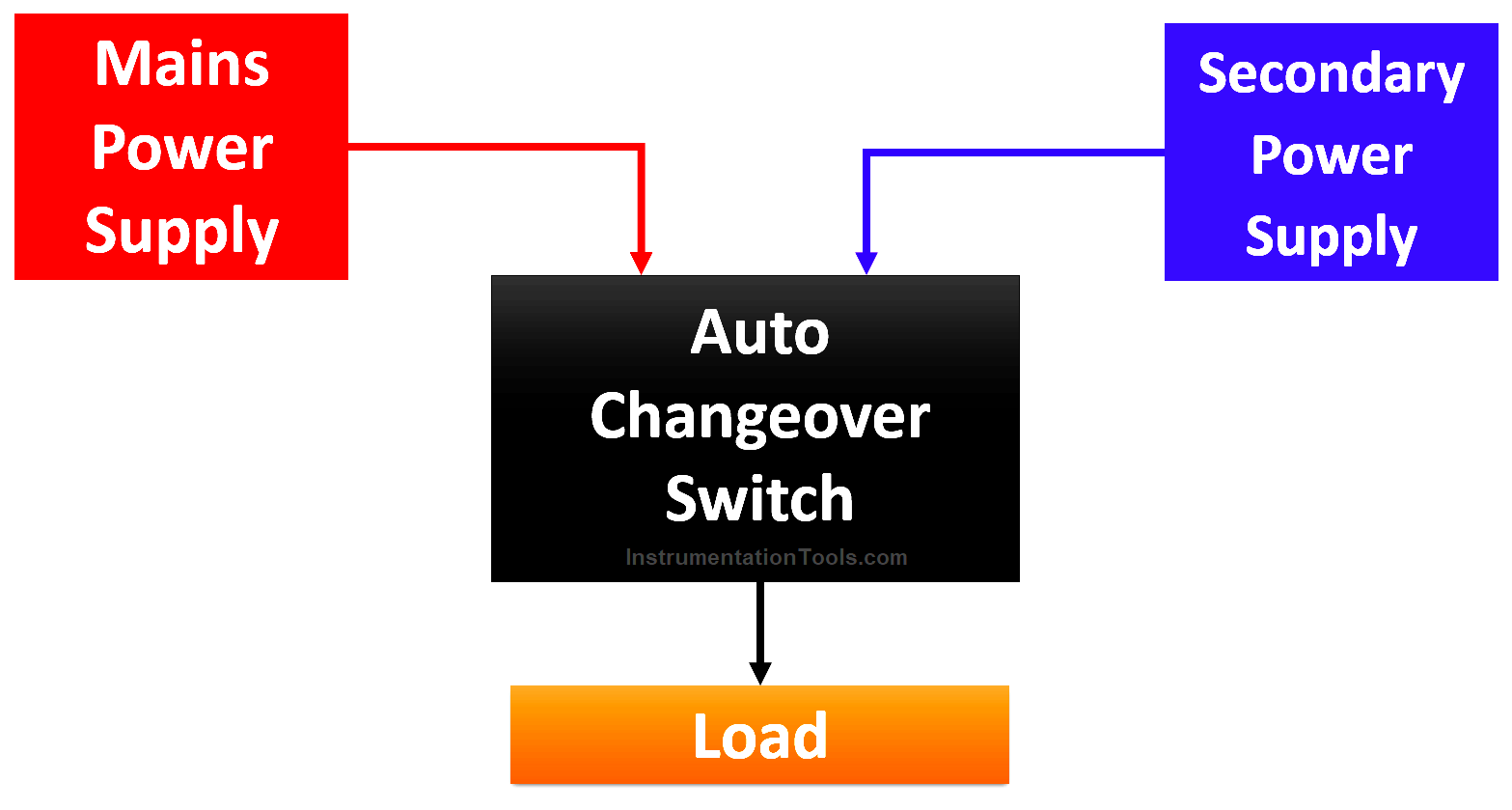
It is to be noted that the name is an auto changeover, and it has a selection button – auto and manual. If it is in auto, then changeover will happen automatically; and if it is in manual, then changeover will require manual intervention.
Types of ATS connections
There are various types of connections possible between the primary power supply and the secondary power supply.
Let us have a look at the most general ones available:
- Utility – Generator
- Utility – Utility
- Generator – Generator
Types of Switching Mechanisms in ATS
Basically, there are two types of mechanisms that work in ATS – open transition and closed transition. Open transition means break-before-make.
Before changing any power supply connection, it will open the existing one first and then make a connection with the other one.
Closed transition means make-before-break. Before breaking any power supply connection, it will switch to the new one first and then break a connection with the previous one.
In this way, we understand the concept of an auto changeover switch.
If you liked this article, then please subscribe to our YouTube Channel for Electrical, Electronics, Instrumentation, PLC, and SCADA video tutorials.
You can also follow us on Facebook and Twitter to receive daily updates.
Read Next:
- Industrial Circuit Breakers
- Electrical Motor Concepts
- Relays in Air Circuit Breaker
- Induction Motor Over Voltage
- Purpose of Electrical Substation



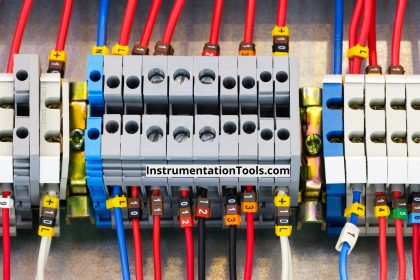
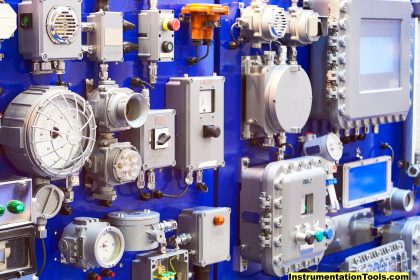
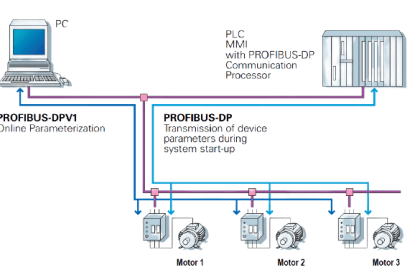
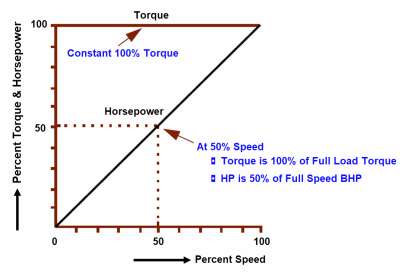
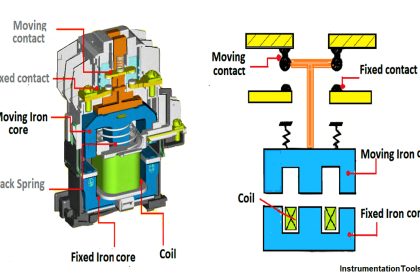





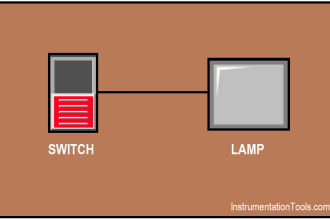
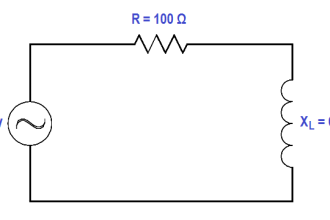


Thanks alot for sharing knowledge